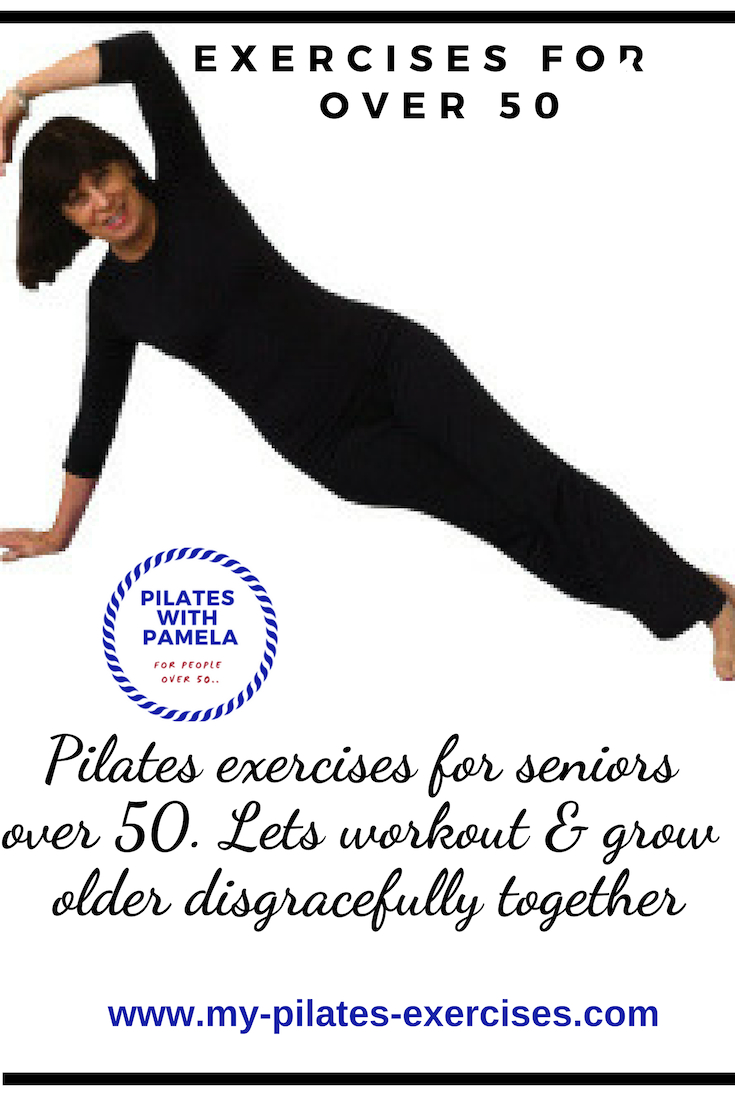Breathing Exercise Relaxation
Breathing Exercise Relaxation: The way you breathe when stretching will greatly enhance the your well-being and happiness. It will also help reduce stress levels significantly. Sound too good to be true?
It's all about Seratonin. Seratonin is a chemical produced in our brain when we breathe deeply. This is fact.
The way you breathe could be exacerbating your stress!! Are you aware of breathing very shallowly into your chest. Breathing is so much more that what we think it is.
Understanding what it is, what it does, or what it does not do, will be a great benefit not only to your Pilates, but also your stress levels generally. If you don’t know how wonderful deep breathing exercises are, this will amaze you.
Breathing Exercise Relaxation - The Method
The Method (this is often called Diaphragmatic Breathing):
• Take a deep breath in to the abdomen, in through the nose and out through the mouth.
• The count is to 7. Breathe deeply into the abdomen to the slow count of 4. Then count 5 and 6 into the rib cage and 7 into the chest.
- Breathe out to the count of 7.
• Don’t just reserve this method for your stretches – use it as often during the day as you can, and it’s great to help you sleep at night.
Good luck with your relaxation technique with more of your happy hormones....
Link to website for scientific explanation of process: Diaphragmatic Breathing - a Medical Viewpoint
Just a bit more info on breathing exercises relaxation, for your interest..

Do you know the feeling you get when you get a fright or find yourself in a stressful situation? Your heart pumps harder, your mouth feels dry, you may start to sweat or feel you should empty your bowels.
The reason it creates stress in your body is due to such hormones cortisol and adrenaline and this situation is often referred to as “fight or flight”. But, first of all, a quick few words on anatomy.
The nervous system includes both the sympathetic and the parasympathetic nervous systems, and these 2 working harmoniously together create balance in your body.
Each requires a certain breathing pattern, for example, you use one for exercises & Pilates, and another from stretching exercises & relaxing.
The job of the sympathetic system is to be responsible for the fight or flight response (that is, either to stay and fight, or to get out of there quickly).
It’s a bit of our anatomy that hasn’t changed for thousands of years when this response helped us when we found ourselves in a dangerous situation.
The sympathetic system controls:
- Heart rate,
- Perspiration,
- Digestion,
- Respiration,
- Urination and
- Sexual arousal
- Induces hormone Cortisol
That’s okay, as long as it’s not excessive. If hormone levels are too high for too long, you’ll suffer problems such as:
- Weakened immune system,
- Depression
- Obesity
- Insomnia
What you need then to focus on is the opposite, the Parasympathetic system. The Parasympathetic system is responsible for lowering activity, rest and calm.
This is where our breathing exercise relaxation are beneficial. Its responsibilities are:
Slows heart rate down,
Now, back to breathing exercise relaxation: Generally speaking, with too much stress (including challenging exercise periods), we breathe into our rib cage which releases cortisol and adrenaline.
When we relax, we should be breathing deeply into the abdomen. Deep abdominal breathing exercises releases serotonin, the happy hormone and calms you down.



